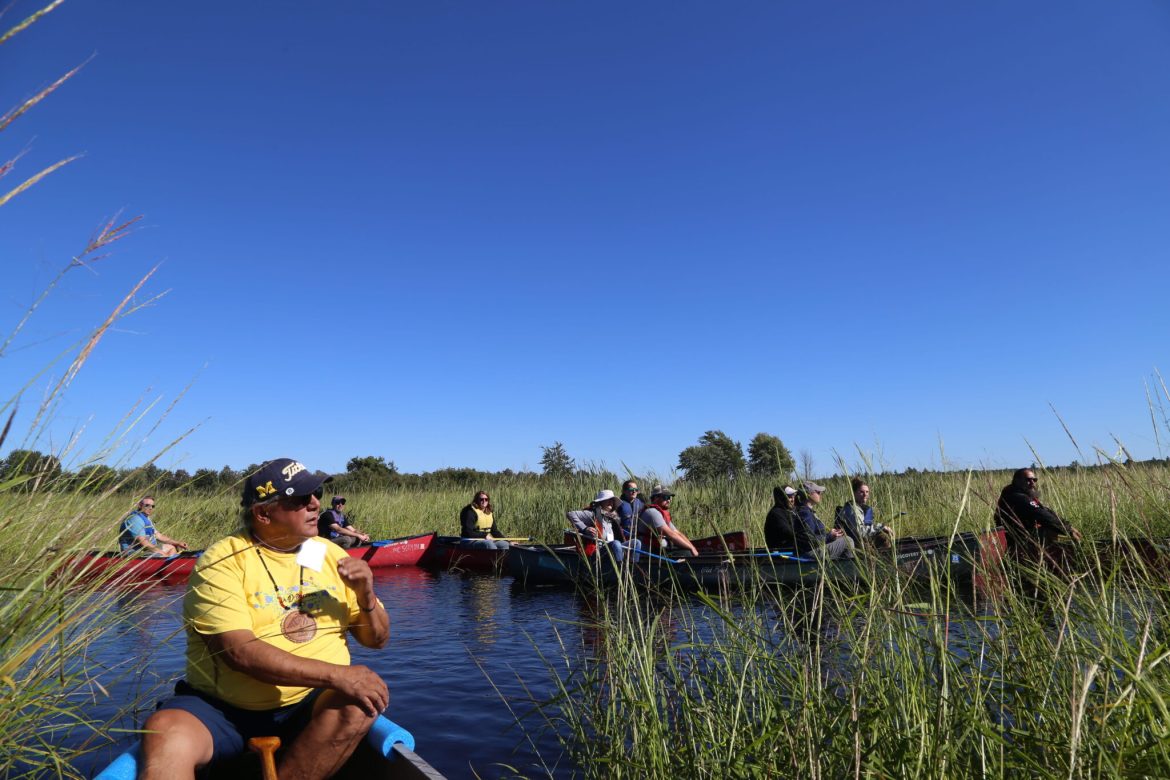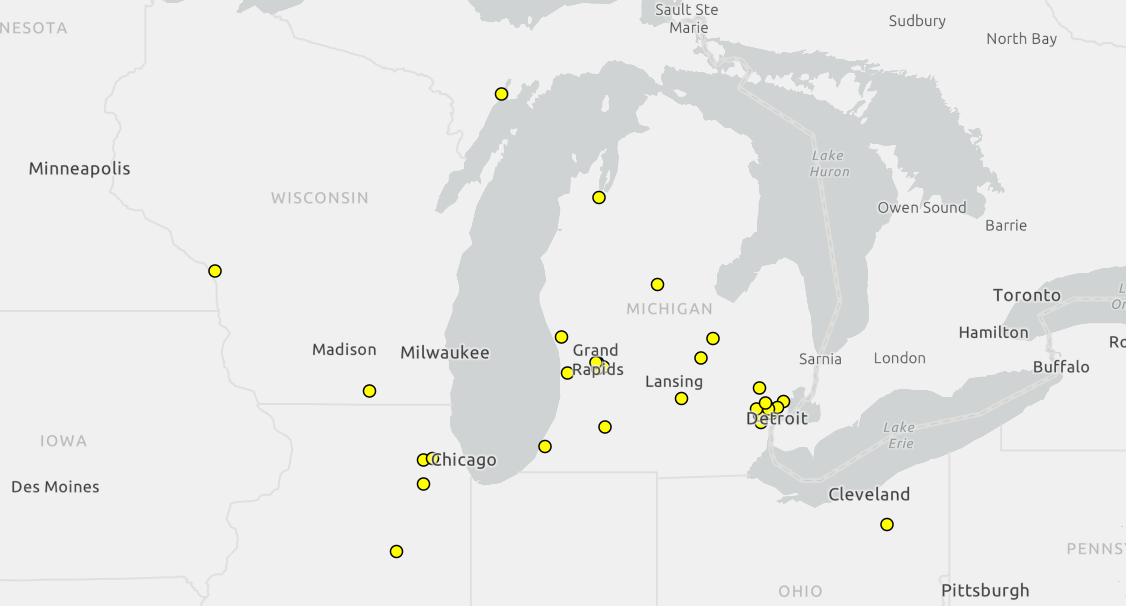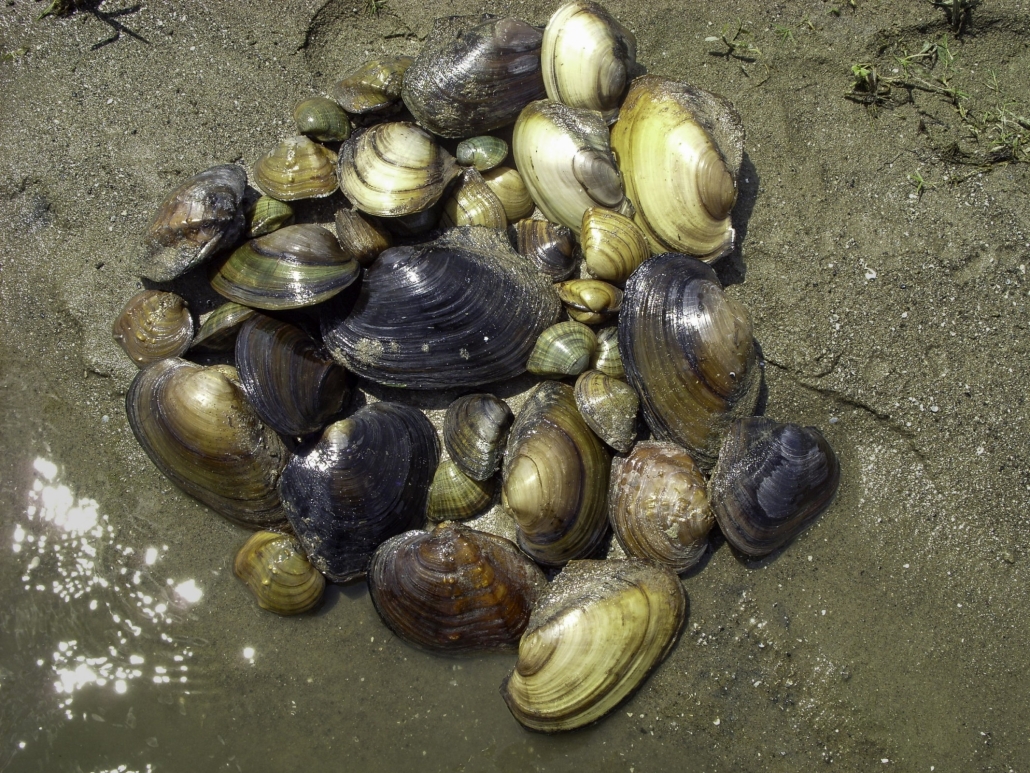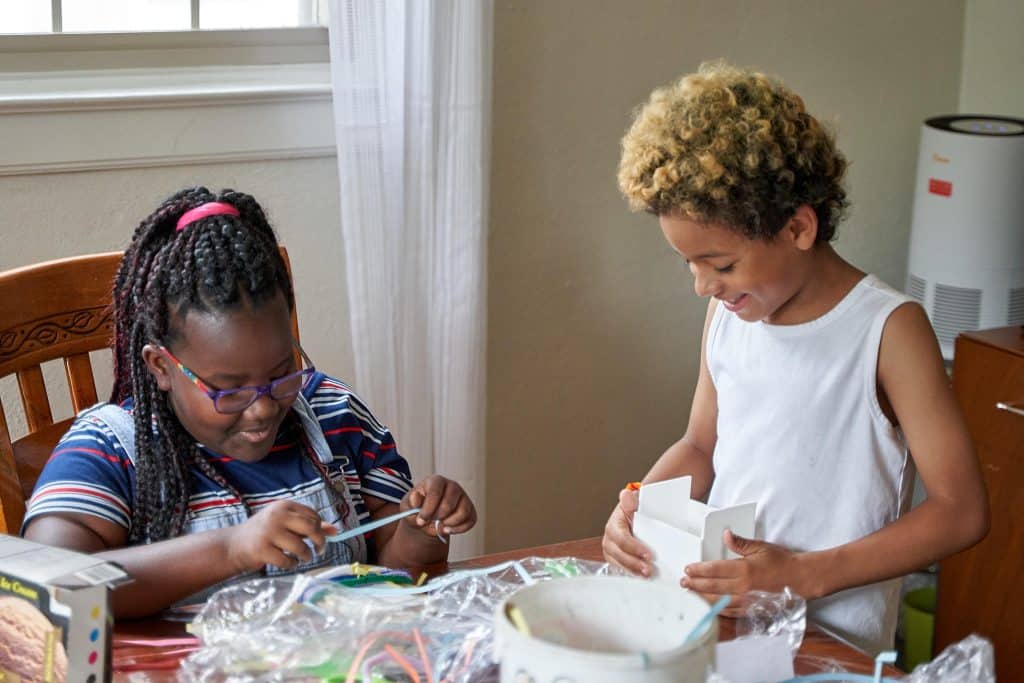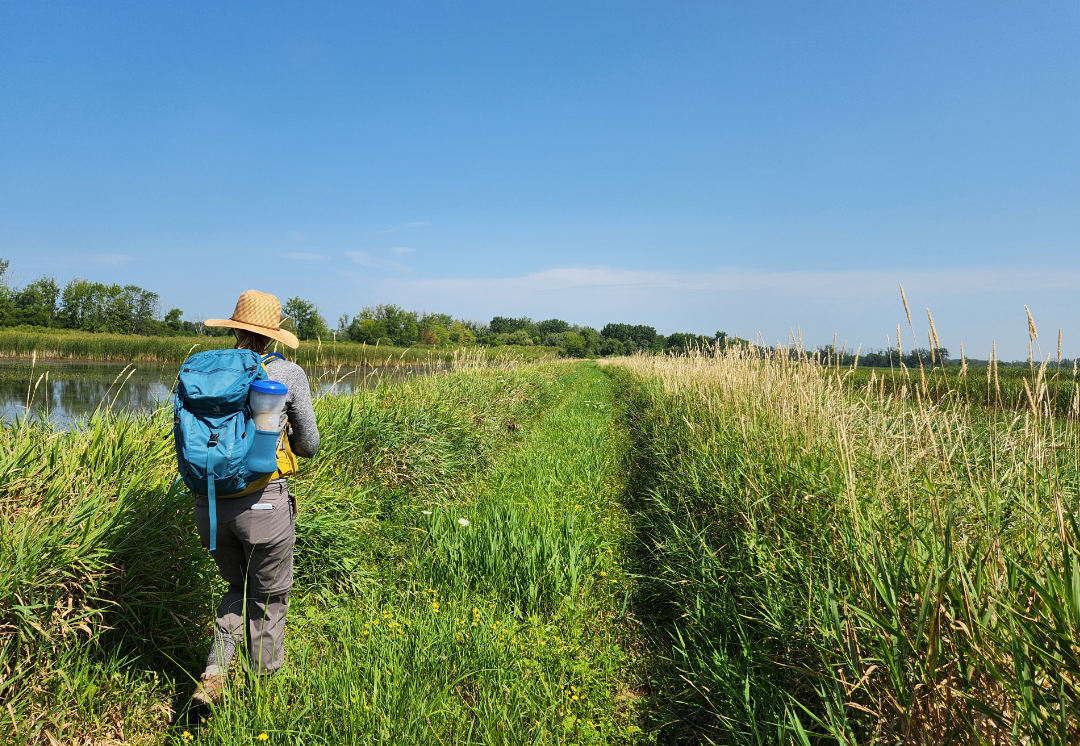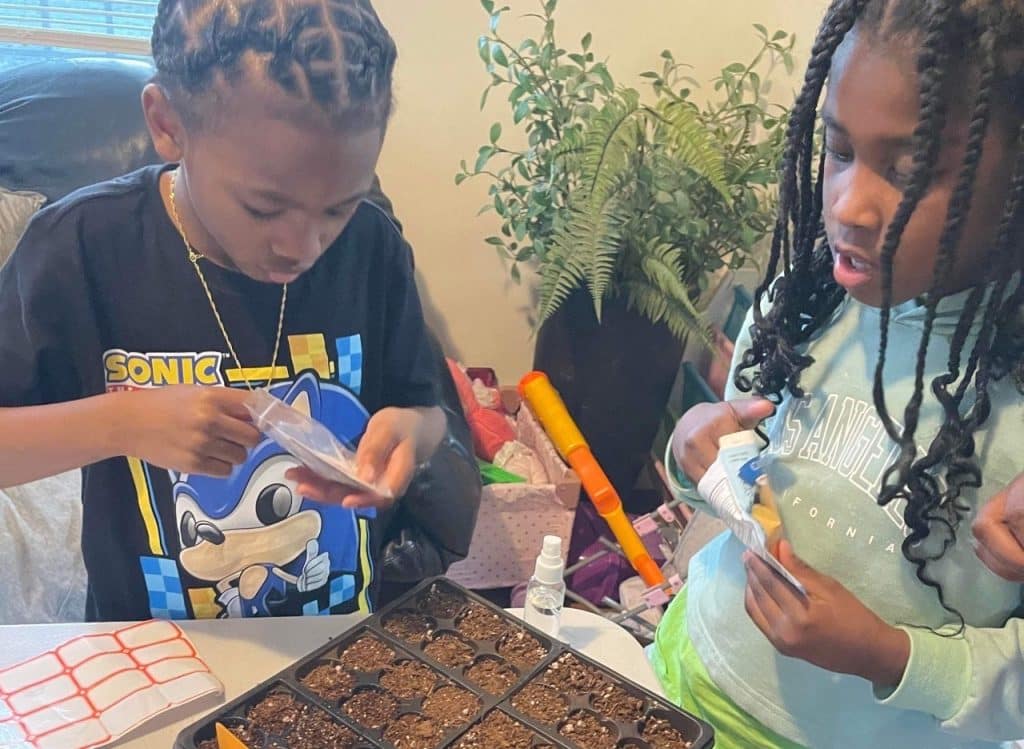Land
A New Paradigm: How climate change is shaping mental landscapes in the Great Lakes
|
By Mia Litzenberg
In a weekly Good Grief Network session held on July 25, time and space were created for participants to reflect on their feelings of uncertainty in an unstable environment over Zoom. Trained facilitators kept time for each participant to speak while the other participants bore witness as listeners. The overarching rule was no cross-talk, which means not directly responding or referring to what a person shared. The session began with a grounding exercise, where participants closed their eyes and imagined themselves in a safe space in nature. They were encouraged to embody any sensory details associated with this place.
